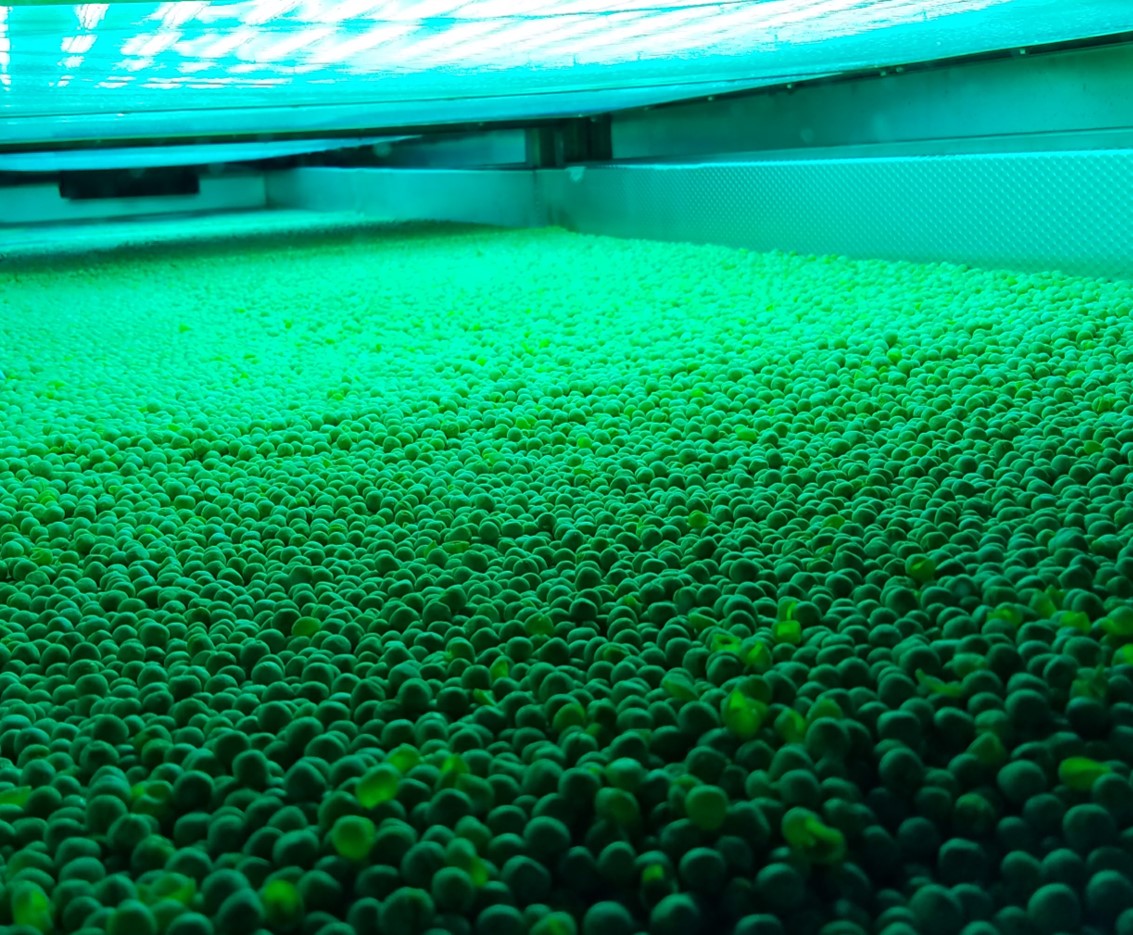Controlling and Mitigating Pathogens Throughout Production

As the enforcement of rules, regulations and inspections get underway at food production facilities, we are faced with maintaining production rates while looking for infinitesimal pathogens and cleaning to non-detectible levels. This clearly sets demand on the plant for new and creative methods to control and mitigate pathogens pre-production, during production and post production.
As this occurs, the term clean takes on new meaning: What is clean, and how clean is clean? Swab and plate counts are now critically important. What method is used at the plant, who is testing, what sampling procedure is used, and how do we use the results? As we look at the process from start to finish, we must keep several key questions in mind: What are harboring points in the process, and what are the touch-point considerations to the product? Let’s review the overall processing progression through the factory (see Figure 1).
Now consider micro pathogen contamination to the product, as we look deeper in the process for contamination or critical control points as used in successful HACCP plans. Consider contamination and how it may travel or contact food product. It is understood through study and research of both pathogens and plant operations that contamination may be introduced to the plant by the front door, back door, pallet, product, or by a person. In many cases, each of these considerations leads to uncontrolled environments that create uncontrolled measurements throughout, which lead to cleaning procedures based on time rather than science. This is certainly not to say that creating a preventive maintenance schedule based on a calendar is a bad thing. Rather, the message is to consider a deeper look at the pathogens and how they live and replicate. From the regulatory and control measures this should be a clear message of what food-to-pathogen considerations should be taken at the plant level as well as measurement methods and acceptable levels (which is not an easy answer, as each product and environment can change this answer). A good example to consider is public schools and children. Health organizations work to help the schooling system understand what immunizations children should have based on the current health risk tolerance levels. In food production, the consideration is similar in an everchanging environment. As we see contamination levels change the methods, techniques and solutions to proper food production must account for the pathogens of concern.
Contamination, Risk tolerance, Opportunity for Growth
Contamination, risk tolerance, and opportunity for growth are the considerations when looking at a plant design or a plant modification. Modification to modernization should be a top-of-mind critical quality control measure. If there are a few things we know, it is how to produce food at high rates of speed, measure and value production rates, and delays or failures can be measured by equipment and personnel performance. In the case of quality control, we must review, comprehend, and protect process risk. From a management or non-technical viewpoint, quality control can be very difficult to understand. When discussing pathogens, our concerns are not visible to the human eye—we are beyond a dirty surface, weare looking at risk tolerance based on pathogen growth in logarithmic measurement. When combining quality control and production, the measurement control and mitigation measures complement the effort. The use of quality control is expected and should coordinate with production to ensure the product is produced at the expected quality level.
With an understanding of quality control, we prepare for pathogen-free production by reviewing operations and control measures. Review the plant process by looking for the opportune points of contamination concern that we use to ask, “What controls are available to mitigate risk?” This presents the opportunity to create control through disinfection. At this point, a fresh look at product quality and handling is demanded to gain control of the process deliverable. Let’s review the plant process again and now look at touch points of product throughout the process (see Figure 2).
Touch points drive the consideration of processing and the method of cleaning pre-production, during production, and post-production. For critical control mitigation, we will consider the disinfection method during production through the use and method of radiant ultraviolet (RUV), which utilizes the technology of ultraviolet as a surface, air, touch-point, and process control. UV is a light-emitting technology adopted by the FDA in 2000 as an approved technology that can be used for decontamination of food and food contact surfaces by killing or rendering pathogens unable to reproduce. It is considered an alternative to physical treatment such as a non-ionizing disinfection solution. This is a highly sought-after solution, as the treatment of UV does not produce undesirable by-products, which allow the solution, when produced as RUV, to directly expose product and process touch points without altering food quality, color, or general appearance.
Utilizing this technique, the product flows from raw to storage with critical control RUV disinfection from entry to exit. Measurement and control must work together to create pathogen critical control disinfection for process and product. Through the course of production, we look further in the process to understand the product touch points. This is typically reviewed through testing by swab or plate counts. Testing verifies a known; however, this is often not the case in production facilities. Testing becomes a measure of what should be rather than what is expected. Risk mitigation is critical to process and compliance, and test methods should be included as repeatable results of a working system. RUV as mitigation a process control measure provides critical touch point control of air quality to product, equipment surface to product, post-human handling to product, and pre-packing of product. RUV is the critical control of disinfection during the production process. How we control production touch points, measure for result and report those results are critical to operation and quality. RUV is the use of UV disinfection processing during the food process. With the use of RUV, the touch points of processing are controlled.